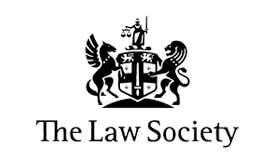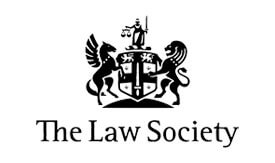Unlawful discrimination
In order to bring a claim of discrimination it must be shown that you have been treated less favourably based on of the nine protected characteristics described by the Equality Act 2010:
- Age
- Disability
- Gender reassignment
- Marriage and civil partnership
- Pregnancy and maternity
- Race
- Religion or belief
- Sex
- Sexual orientation
Satisfying the burden of proof
When making a claim the burden of proof is initially on the claimant to provide enough evidence to tip the balance of probabilities in order to win their case. This means that in order for your discrimination claim to succeed, you will need to gather sufficient amounts of evidence to make it more probable than not that discrimination did in fact take place, in the eyes of the tribunal. The evidence needed to accomplish this can be gathered from a variety of sources and can come in almost any shape or form.
Documentary evidence
Almost anything written down can be used and should therefore be treated as potential evidence. This includes examples like: job ads, handbooks, pay-slips, job description, sickness records, disciplinary and grievance policies, memos, emails, appraisals, timesheets, the employee handbook, internal policies, details of your employment review or appraisal, minutes taken at a disciplinary procedure, posts and comments on social media and statistical evidence. Further documents can also be requested via the disclosure process that takes place when your claim is underway.
Witness evidence
Witness evidence concerns any possible people who were present for the incident or incidents of discrimination, who can support your claim by giving their own account based on what they have overheard or witnessed first-hand.
Your own recollection and evidence
Your own recollections of the discriminatory incident or incidents do matter as well since they can help create a solid picture of who said what, when and how that relates to all the other pieces of evidence presented. That is why it might be a good idea to write these memories down in order to make these factors as clear as possible when coming back to it at a later time.
Getting information from your employer
Your employer may have information or evidence that is useful to your claim that you yourself do not possess. You can therefore write a request to receive them, and if they do not respond to it this fact can be stated to the tribunal. This can also be done with any questions that you might have to your employer based on their certain actions, which can also be stated to the tribunal if your employer does not respond to them.
Making a data subject access request
Your own personal data kept in the records of your employer can also be requested in case their details might help your claim through a subject access request (SAR) under the General Data Protection Regulation (GDPR) which can be done through a written request. Under the Data Protection Act your employer will then have a month to provide copies of the data you requested.













